Reels: history and types
History of reels
Well yes, the reel was born before the fishing rod... or rather what can be considered the ancestor of the reel or rather a simple piece of wood with wire wrapped around it and it would seem that the Egyptians were the first to use this ploy for winding the fishing line, then among other things this system is still used by some tribes in different parts of the world.
More elaborate wire catchers were used in China as early as 300, subsequently always in China in a period of time between 900 and 1100 the reels were mounted on the first fishing rods and from here onwards increasingly elaborate models were produced up to the present day.
In Europe, however, the first rudimentary reels appeared around 1600, the first models were made of wood and were like those still used today for fly fishing, i.e. with a central pin. In 1800 these reels began to be mounted on ringed rods and towards the middle of the same century the first braking mechanism system (the clutch) was patented which greatly improved their performance, subsequently at the end of the 19th century the first reel was patented in America with a fixed spool, designed to be able to contain more line, to be able to make longer casts and to prevent the line from getting tangled as often happened with the other models, from here on in the space of about fifty years the evolution proceeded very quickly and we arrived at models very similar to those with which we fish nowadays.
Types of reels and their uses.
Unlike a few decades ago, when all types of fishing were done with one reel, today we are fortunate enough to be able to find a multitude of specific reels on the market for various fishing, we find reels with front drag, rear drag, those with quick drags and those with a lever drag, carp fishing reels with the baitrunner, i.e. an auxiliary drag system that is activated once the rod has been put into fishing and once the fish has taken the bait with a simple turn of crank unlocks and the main clutch automatically comes into operation.
There are also a multitude of spinning reels and their cousins, the baitcasting ones, reels always used for spinning, but with a rotating spool, equipped with a magnetic brake and mechanical brake to regulate the rotation of the spool, are mounted on special rods and are much appreciated by many fishermen, other rotating spool reels are used mostly for slow pitch, for surf casting, and for trolling. Naturally, for each type of fishing the reel will be of a different model and size. Then there are closed spool reels, used mainly for touch trout fishing with adjustable canvas rods, while the reels used for match fishing and feeder fishing are usually match reels, i.e. reels with a wide spool. and shallow to help us both in the launch and recovery phases.
The main characteristics that a fisherman observes in a reel at the time of purchase are naturally the mechanical qualities initially, then, depending on the intended use, the recovery ratio, drag and line capacity. As for the mechanical characteristics, the first characteristic you notice when you pick up a reel is its stability and fluidity, then you check the closing mechanism of the bow and move on to counting the bearings, but there is always something to keep in mind considering that there are mechanically perfect reels on the market that are fitted with 4/5 bearings and are much more reliable than others which are fitted with many more, this makes us understand that the quality of the materials used to assemble them is more important than the quantity of bearings mounted.
The recovery ratio of the reel is very important depending on the type of fishing we do, this determines how many revolutions the rotor makes with each turn of the handle. For example, a reel with a recovery ratio of 4.5:1 will have the rotor making four revolutions. and a half for each complete turn of the handle, this is considered a slow recovery, it characterizes the reels that are used for heavier fishing such as surf casting as these tools are similar to tractors... slow and inexorable. Slow recovery does not necessarily mean that the reel recovers little line, in fact surf and bottom fishing reels compensate the recovery with the width of the spool, therefore we will have reels with slow recovery, but which each turn of the spool recover up to one meter of line. row. The drag, on the other hand, would be the power of the drag, the pull, for example a powerful reel will have at least 7/8 kg of drag and will be used for fishing such as feeder, or spinning for large prey such as pike in fresh water or greenhouse in the sea, There are fixed spool reels that have up to 25 kg of drag and are used for fishing large fish such as catfish or tuna.
As a last characteristic we are going to see the capacity of the line which is given by the type of reel, naturally if we have to go for example light spinning we will look for a small reel such as a size 1000 or 2000 where we will mount a line of low diameter and consequently it will take fewer meters to fill it than a larger size reel.
Conclusion
Thanks to modern technologies, today we can find cutting-edge products at very reasonable prices and we also have the possibility of choosing reels that are suitable for us down to the smallest detail, thanks to the great variety on the market.

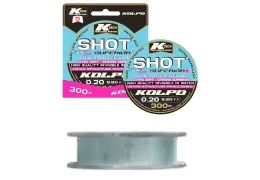
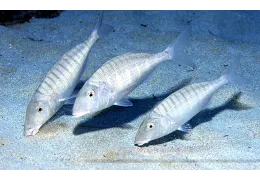
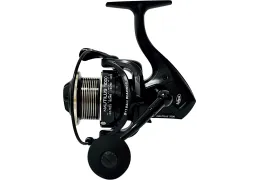
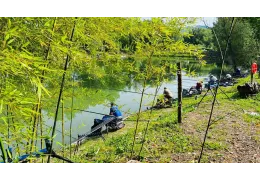

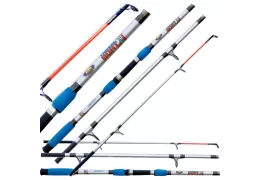
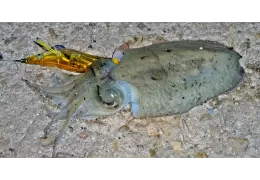
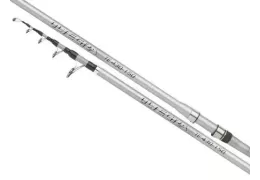



Leave a comment
Log in to post comments